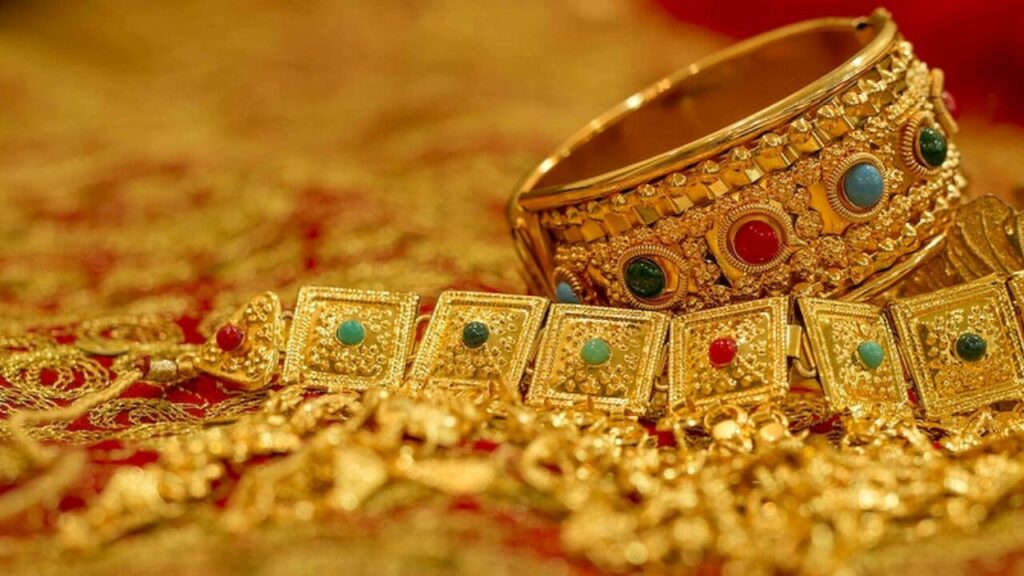In the intricate tapestry of Indian weddings, one of the most crucial decisions is setting the wedding date. This decision is not arbitrary; it involves careful consideration of astrological, cultural, and traditional factors. The chosen date and time, known as “muhurta,” are believed to have a profound impact on the couple’s future life together. Let’s explore the significance of this age-old practice and the art of choosing the perfect moment for a joyous union.
Table of Contents
Unveiling the Muhurta Ritual
The Significance of Muhurta
Muhurta, derived from the Sanskrit word “muhurtam,” translates to an auspicious or fortunate moment. In the context of weddings, it refers to the precise date and time when the marriage ceremony will commence. This decision is of paramount importance, as it sets the stage for all the wedding ceremonies and rituals that follow.
Astrological Guidance
Astrology plays a central role in determining the muhurta. Astrologers and priests are consulted to ensure that the chosen date aligns with favorable planetary positions and cosmic energies. The alignment of stars and planets is believed to influence the couple’s future life together, including their happiness, prosperity, and well-being.
Cultural Variations
While the core concept of choosing an auspicious muhurta remains consistent, the specific practices and customs can vary across different regions and communities in India. Each culture may have its unique criteria for selecting the perfect wedding date.
The Rituals and Customs
Seeking the Blessings of Elders
Before finalizing the muhurta, it’s customary for the families of the bride and groom to seek the blessings of their elders. Elders play a significant role in guiding the decision-making process, offering their wisdom and experience to ensure a favorable outcome.
Determining the Auspicious Time
The process of selecting the muhurta involves intricate calculations and analysis by astrologers. Factors such as the positions of celestial bodies, the lunar calendar, and the couple’s birth charts are taken into account. The goal is to identify a moment when cosmic energies align harmoniously, symbolizing a propitious start to the couple’s married life.
The Significance of the Muhurta
Ensuring a Prosperous Beginning
The muhurta is more than just a date and time; it’s a promise of a prosperous beginning. Couples believe that by choosing an auspicious muhurta, they are ensuring a harmonious and blissful life together. It’s an expression of faith in the power of cosmic forces.
Aligning with Tradition
The practice of selecting a muhurta is deeply rooted in Indian tradition and culture. It connects the couple to their heritage and the wisdom of generations past. It’s a reminder of the enduring customs that bind families and communities together.
Frequently Asked Questions (FAQs)
Q1: Why is the selection of the muhurta so important in Indian weddings?
A1: The muhurta, or auspicious wedding date and time, is considered crucial because it is believed to influence the couple’s future life together. It’s a way of ensuring a harmonious and prosperous beginning to their married journey.
Q2: Who is typically responsible for choosing the muhurta?
A2: The responsibility for choosing the muhurta falls on the families of the bride and groom. They often consult with astrologers and priests to make an informed decision.
Q3: Are there variations in muhurta selection across different regions in India?
A3: Yes, the specific criteria and customs for selecting the muhurta can vary across regions and communities in India. Each culture may have its unique practices.
In Conclusion
Choosing the muhurta, the auspicious date and time, is a profound and time-honored tradition in Indian weddings. It’s a delicate blend of astrology, culture, and tradition, all coming together to ensure a harmonious and prosperous beginning for the couple. In this practice, we find a deep connection to heritage and the wisdom of generations past, a testament to the enduring customs that enrich the tapestry of Indian weddings.



